
22:28
191 簡介西方繪畫與藝術中的小丑(The Clown) 2017-08-04 漢清講堂
Hanching Chung
Stopping by the Gallery this week? Join us tomorrow, July 24, at 1:00 pm for "Celebrating the East Building: 20th-Century Art Lecture Series."
The East Building opened in 1978 and inaugurated contemporary and modern art collecting at the National Gallery of Art. This summer, explore the highlights of 20th-century art through a series of lectures that illuminate the major movements associated with European and American modern art. Attend all 14 lectures for a course in modern art or join in for as many individual talks as you would like. Each lecture is 60 minutes. Tomorrow's topic is "Early Picasso and Cubism."
Hope to see you! go.usa.gov/xU9Fy
Pablo Picasso, “Family of Saltimbanques,” 1905, oil on canvas, National Gallery of Art, Washington, Chester Dale Collection
coulrophobia
NOUN
mass nounrare- Extreme or irrational fear of clowns.‘it has emerged that the multi-millionaire entrepreneur suffers from coulrophobia’
Origin
1980s: from Greek kōlobatheron ‘stilt’ + -phobia.
《鍾漢清回憶錄》的小小篇草稿和筆記。
2017.3.8
早上 盧奧 Georges Rouault : 法蘭西的容顏 (COUNTENANCE OF FRANCE),Verve 8, Summer 1940
去查 Verve 選集, Georges Rouault 的畫不少。此期 (封面是Matisse的)是油畫:Legendary Figure
smiling angel
2017.3.8
早上 盧奧 Georges Rouault : 法蘭西的容顏 (COUNTENANCE OF FRANCE),Verve 8, Summer 1940
去查 Verve 選集, Georges Rouault 的畫不少。此期 (封面是Matisse的)是油畫:Legendary Figure
smiling angel
Reims Cathedral
Varnishing Day at the Royal Academy
Varnishing Day at the Royal Academy
晚餐後,重看日片 明日的記憶 (約5年前)
杜邦的幸福同事
BN Yang 鍾兄, 還是一星期看一本新書。
Hanching Chung 真的,十幾年初見,近來好啊!
BN Yang 鍾兄, 還是一星期看一本新書。
Hanching Chung 真的,十幾年初見,近來好啊!
BN Yang HC, 你真的老一些,差點認不出來,由兩眼炯炯有神確認。 我全退一年半,儘量不做宅男,多運動,多流汗,多喝水,常大笑,常會友,常唱歌。
Picasso's "Harlequin Playing the Guitar" (1918)
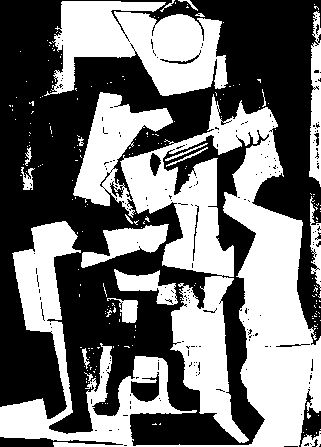
Harlequin Playing the Guitar, Paris, 1918
Oil and material on canvas, 57 7/8 x 44 1/2 inches
Collection Jacqueline Picasso, Mougins
留言
"無哭泣過的年青人是野人。" 許達然《含淚的微笑》頁99 Dialogues In Limbo (1925), III, Author: George Santayana
The young man who has not wept is a savage, (and the old man who will not laugh is a fool).
Books 書海微瀾: 許達然 《含淚的微笑》
HCBOOKS.BLOGSPOT.COM
簡介西方繪畫與藝術中的小丑(The Clown) (and the old man who will not laugh is a fool).
| 此片談到此作家的作品:小丑眼中的世界 德國作家海因里希·伯爾生於100年前的本月,他在1972年獲得了諾貝爾文學獎。 Karin Hill/Picture-Alliance/dpa, via Associated Press “這位年輕的作家用尖銳的憂鬱情緒觸動了我們,這是一種黑暗的才華”。 這是時報1955年在首篇對他的作品評論中,對生於100年前本月的德國作家海因里希·伯爾(Heinrich Böll)的形容。 伯爾的寫作源於他作為“二戰”大兵的經歷,該經歷以他被美國部隊俘虜而告終。 “我永遠不會忘記那些非常年輕的男孩上山來的樣子,他們為了解放我而必須囚禁我,”他有一次曾在時報的一篇觀點文章中回憶道。 用一位駐外記者的話說,這次經歷將他變成了“各種暴政——無論大小——的敵人,一個反軍國主義者和一位懷疑論者”,作為德國讀者最多的一位作家,伯爾在1972年獲得了諾貝爾文學獎。 幾個月後,一位時報記者問他對美國有什麼看法。 他回答:“你們有水門事件,還有新聞自由。你們有沙漠,還有紐約,無比的守舊又無比與時俱進。身為美國人是一個機會,意味著你能成為你想成為的人。” Patrick Boehler對本文有報導貢獻。 |

德国作家海因里希·伯尔生于100年前的本月,
|
“这位年轻的作家用尖锐的忧郁情绪触动了我们,
|
伯尔的写作源于他作为“二战”大兵的经历,
|
“我永远不会忘记那些非常年轻的男孩上山来的样子,
|
几个月后,一位时报记者问他对美国有什么看法。
|
他回答:“你们有水门事件,还有新闻自由。你们有沙漠,
ESSAYS
The Memoirs of Joseph Grimaldi
Andrew McConnell Stott, author of The Pantomime Life of Joseph Grimaldi, introduces the life and memoirs of the most famous and celebrated of English clowns.
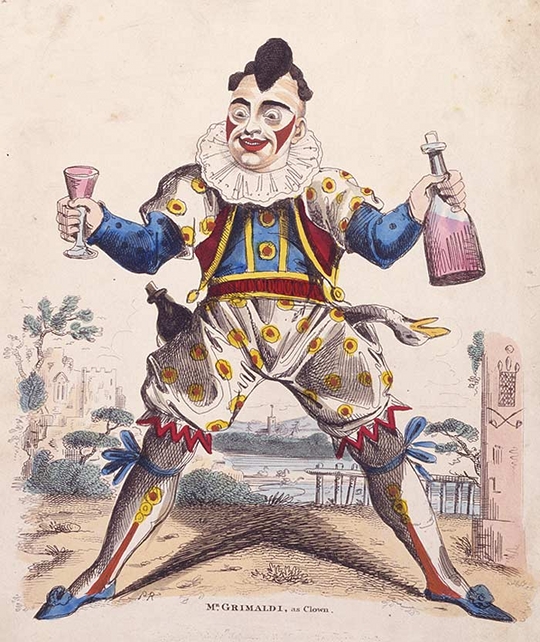
Few biographers have proved so reluctant, but when the raw materials that would become *The Memoirs of Joseph Grimaldi* reached Charles Dickens’ desk in the autumn of 1837, he was far from impressed. “I have thought the matter over, and looked it over, too,” he told his publisher, Richard Bentley, “it is very badly done, and so redolent of twaddle that I fear I cannot take it up on any conditions.”
What he saw had begun life as a sprawling manuscript of some 400 “childlike and simple” pages written by the pantomime clown, Joseph Grimaldi, in the course of his long retirement from the stage. When a publisher proved hard to find, Grimaldi contracted with a theatrical journalist, Thomas Egerton Wilks to help him revise the entire manuscript, but died before it was completed. Wilks sold the unfinished project on to Bentley, who considered Dickens perfect for the job – not only had he idolized Grimaldi as a child, fondly recalling trips to Covent Garden “to behold the splendour of Christmas Pantomimes and the humour of Joe,” but his own Sketches By Boz (1836) had been widely commended for displaying “the spirit of Grimaldi.”
Having finally relented, Dickens saw it off in a matter of weeks, subjecting it to “a double and most comprehensive process of abridgement,” resetting the narrative from the first person to the third, and not even bothering to write it down, preferring to dictate it to his father, who could be found “in exulted enjoyment of the office of amanuensis.”
Despite all its evident haste, The Memoirs of Joseph Grimaldi remains unmistakably “Dickensian,” recalling passages from Nicholas Nickleby, Hard Times and others. Without doubt, his most important decision was to place the biographical details of Grimaldi’s life within a strict economy of pleasure and pain that draws stark contrasts between the tinsel of the stage and the shabby reality of his many hardships. Laughter and misery becomes the balance-beam on which Grimaldi’s existence is constantly weighed as every career triumph is paid for with a proportionate personal agony, and every moment of joy countered by grief.
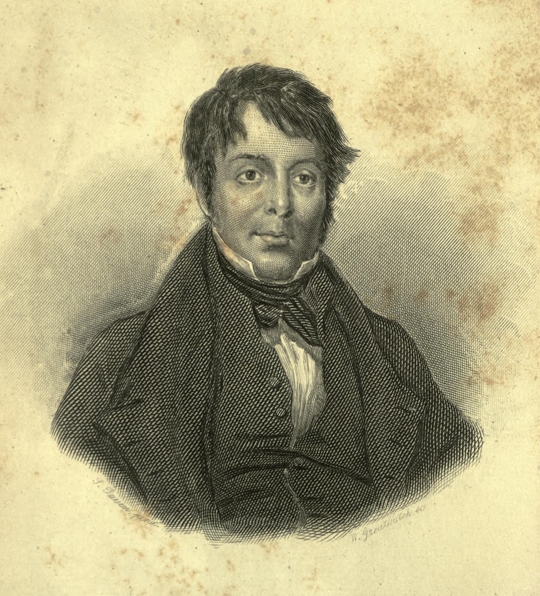
In presenting Grimaldi’s life in this way, Dickens was cementing much of what was popularly perceived during Grimaldi’s own lifetime. Born into a theatrical family in 1778, “Joe” was a superstar of Regency theatre who rose to national prominence in 1806 playing Clown in the pantomime of Harlequin and Mother Goose; or, the Golden Egg. His unique comic gifts had been honed since making his first appearance onstage at the age of two, tutored by his father, Giuseppe, a cruel and eccentric dancing master known throughout London’s close-knit theatrical community as the “Signor.” The Signor had fathered several children by different women – most of them young dancers indentured as his apprentices – but as his first boy, it was Joe on whom his future hopes were settled. The Signor’s methods of instruction were gruelling, as were the regular beatings and medieval punishments he inflicted on those that failed to meet his expectations, which included locking children into stocks, or throwing them into a cage and hoisting it into the flytower to leave them dangling precariously over the stage. Home life was little better, as the Signor was horribly morbid, living in perpetual fear of death, and especially of being buried alive. When he finally died in 1788, his will directed that his eldest daughter cut his head from his corpse just to be certain.
The Signor’s passing was a liberation, yet at age nine, Joe was suddenly the family’s principal breadwinner, and he spent the remainder of his childhood running between performances at Sadler’s Wells and Drury Lane theatres and appearing as a supernumerary in various pageants, spectacles, and crowd scenes, only graduating to pantomimes in his twenties. Regency pantomimes were markedly different from the entertainments that we know today, and were comprised of an opening that was usually based on a fairy tale, and a second, much longer performance, called the “harlequinade.” The openings usually involved a pair of star-crossed lovers forbidden to marry by a tyrannical parent, miming the action in their “big heads” – huge, caricatured papier mache masks – until they were magically transformed into the lead characters of the harlequinade, four figures instantly recognizable to every man woman and child in Regency Britain – the mercurial, acrobatic Harlequin; his gauzy, dove-like lover Columbine; and their enemies the elderly “libidinous, miserly Dotard,” Pantaloon, and his titular manservant, the “incorrigible emblem of gross sensuality,” Clown. What followed was a series of frenetic scenes in which Harlequin and Columbine were pursued through a series of lavish sets that could be magically transformed with a whack from Harlequin’s magic bat, which, primed with a pinch of gunpowder, was the original “slapstick.” The humour was crude and physical, but with its emphasis on transformation and the unexpected, it was the perfect entertainment for the age of revolutions.

Aside from his comic talents and fine singing voice, Grimaldi was an innovator, widely acknowledged as the father of modern “slap and motley.” It was Grimaldi who overhauled the Clown’s appearance from the rustic booby that had remained more-or-less unaltered since the sixteenth century, to the heavily made-up and colourfully-attired clowns that we are familiar with today. The new make-up left not a centimetre of skin exposed – not even in the nostrils or inside of the lips – and, as such, it implied a much stricter division between the man and the mask, an impenetrability that acted as a kind of invitation to speculate about what they might have concealed. Was there, perhaps, a division in Grimaldi himself? Rumours to this effect arose during the initial success of Mother Goose: the King of Clowns, it was reported, was subject to debilitating bouts of offstage depression, reports he himself chose to confirm with a punning quip, “I am GRIM ALL DAY, but I make you laugh at night.” A series of anecdotes followed that prefigured Dickens’ biographical portrait in black-and-white, the most famous of which dates from the 1820s and involves a visit to the surgeon, John Abertheny. Grimaldi, hoping to find a cure for his depression, asks Abertheny for advice, and unaware of his client’s identity, the surgeon prescribes the diversions of “relaxation and amusement”:
“But where shall I find what you require?” said the patient.
“In genial companionship,” was the reply; “perhaps sometimes at the theatre; – go and see Grimaldi.” “Alas!” replied the patient, “that is of no avail to me; I am Grimaldi.” 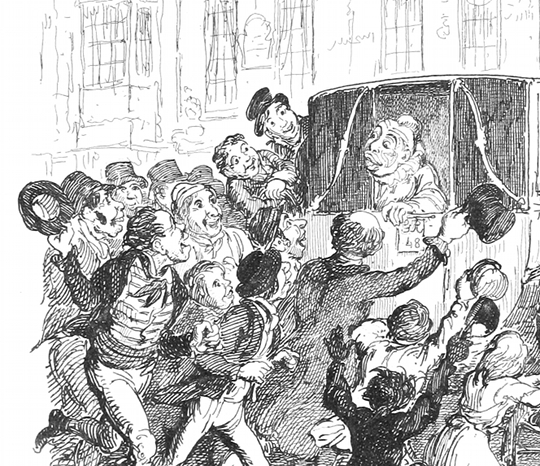
Clowning also made extraordinary physical demands, and as early as 1813, The Times was already expressing misgivings about the sustainability of his performances: “It is absolutely surprising,” it wrote, “that any human head or hide can resist the rough trials which he volunteers. Serious tumbles from serious heights, innumerable kicks, and incessant beatings, come on him as matters of common occurrence, and leave him every night fresh and free for the next night’s flagellation.” Sure enough, Joe’s health worsened with each passing season until reaching a point where he had to be carried to his dressing room and revived after each performance. Laughter demands an exorbitant prince. “Poor Joe!” wrote the author William Robson, “it was like the boys and frogs; it was sport to us, but death to you.”
Grimaldi was 45 when he gave his last regular performance. This was young – his father had continued well into his seventies – but by 1823, he was suffering so badly from arthritis and various digestive complaints that it was impossible to continue. He would reappear two years later at a pair of gala performances to celebrate his career, but made his contributions seated in a chair. With the retirement of its greatest exponent, pantomime quickly entered a period of decline, as the slapstick antics of the harlequinade were replaced with bloated stage effects and meaningless scenery. As Grimaldi approached the end of his life, his battered old body became a symbol for the exhaustion of Regency popular culture, and by extension, the lost youth of Dickens’ generation. Dickens had already conveyed as much in “The Stroller’s Tale,” one of the first instalments of The Posthumous Papers of the Pickwick Club (1835). Here, “Dismal Jemmy,” himself a down-at-heel actor, recalls the time he comes across a fellow performer, a “enfeebled by dissipation and emaciated by disease.” It is night and the theatre is dark. “I was dressed to leave the house,” Jemmy recalls,
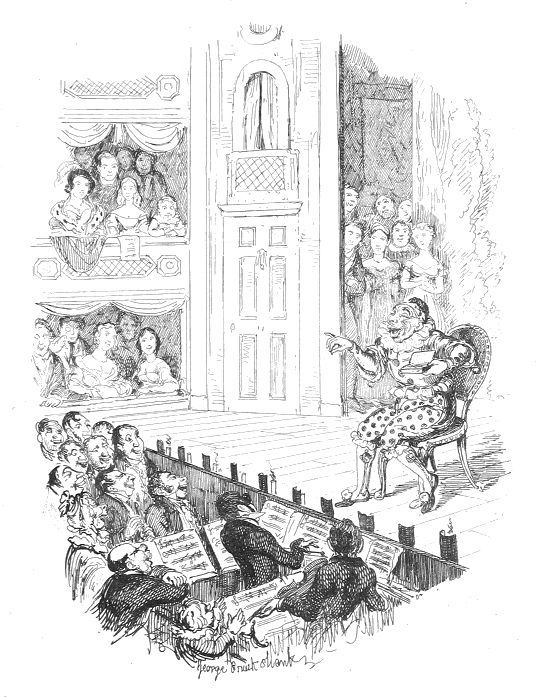 |




沒有留言:
張貼留言